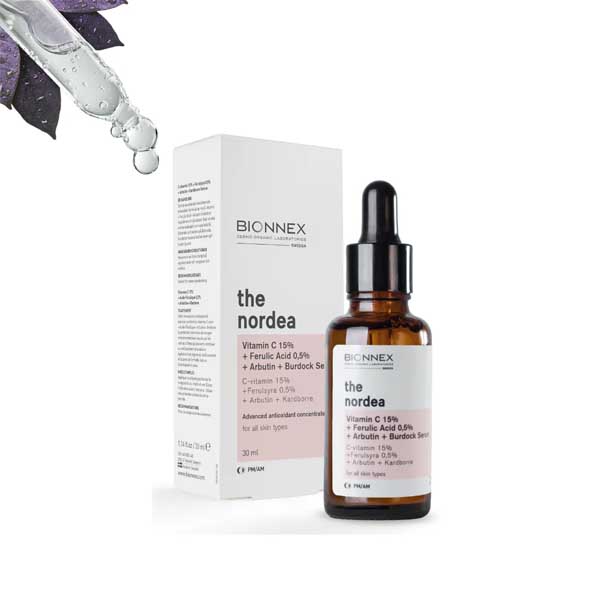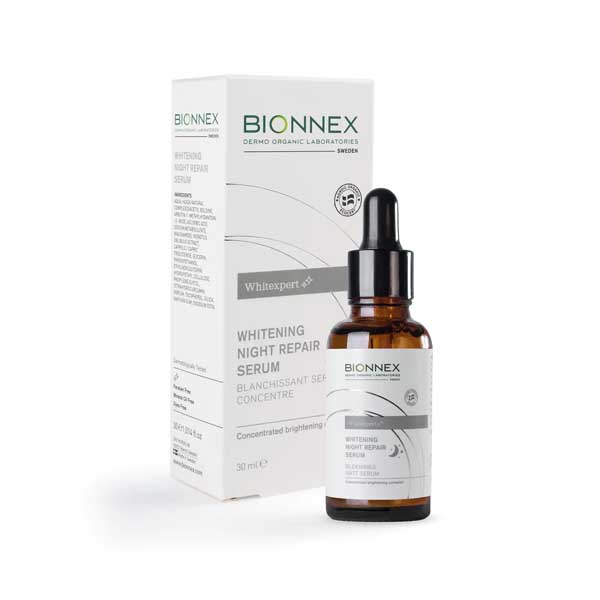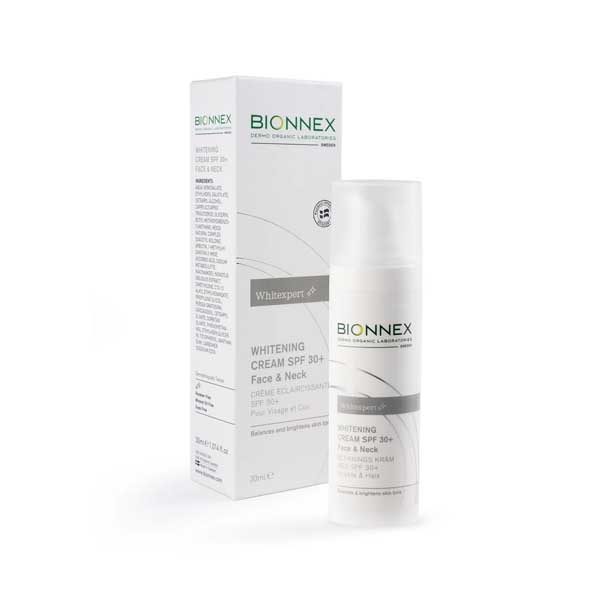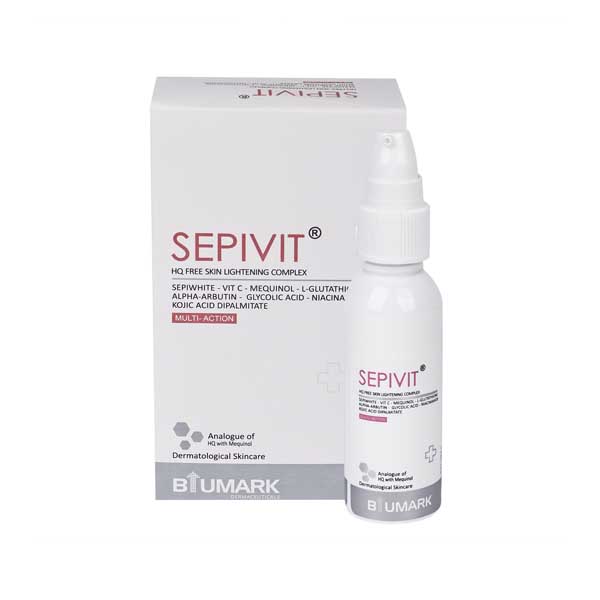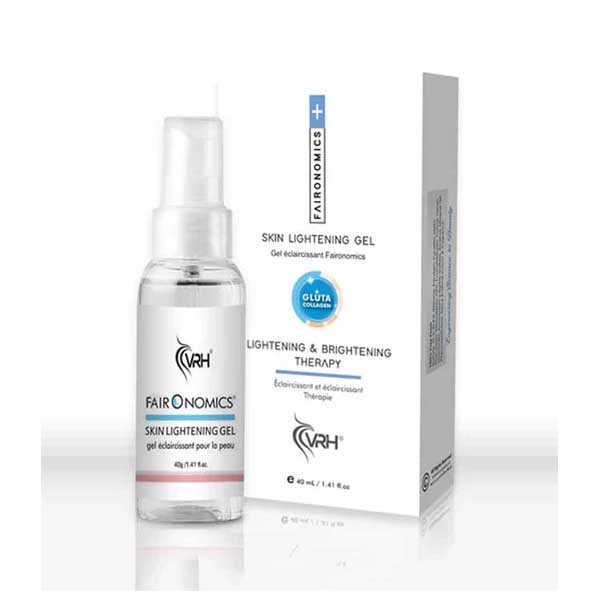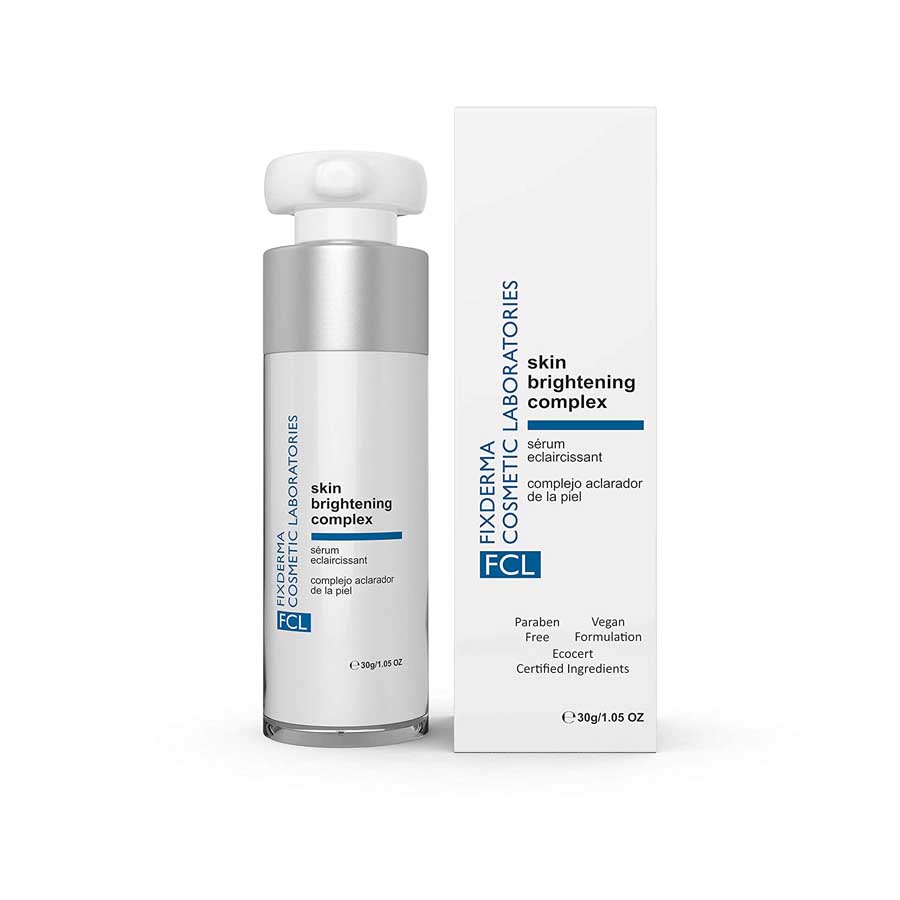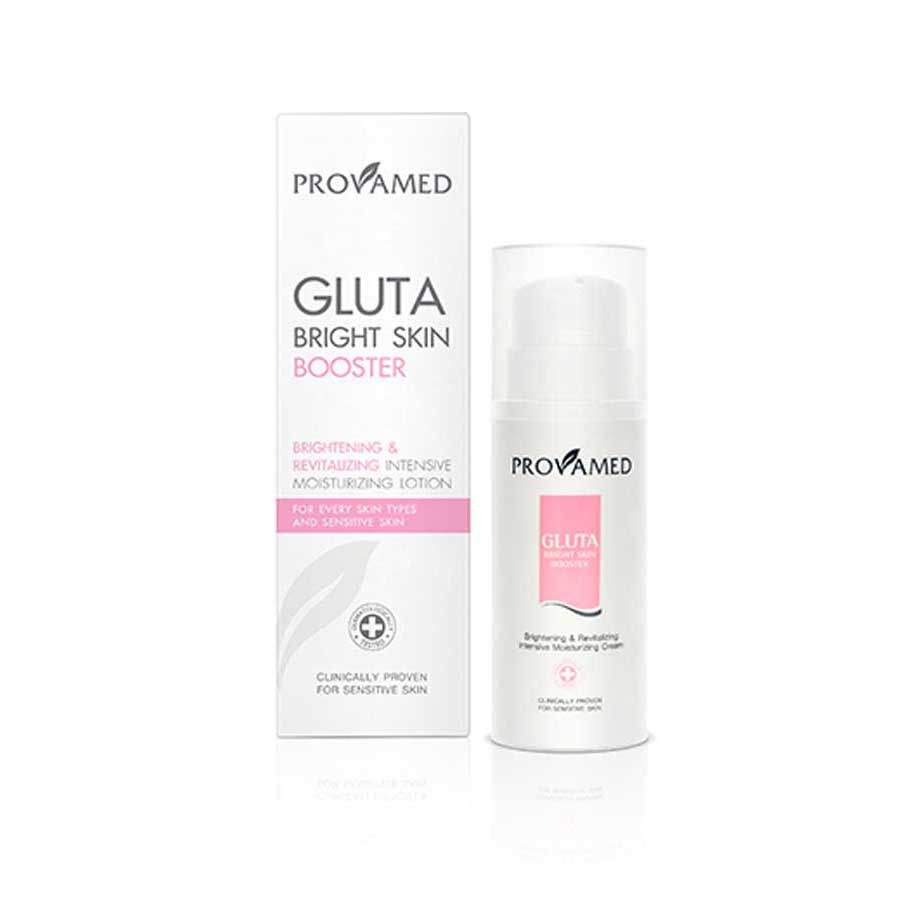New customer? Create your account OR Forgot password?
Already have a acoount? Login
Glow is one of the most coveted goals in skincare—sometimes denoted by dewy, plump skin and other times punctuated by the kind of brightness and cheer that can be seen across the room. It’s an aim that is possible for every complexion, but inequities in skincare and a racist bent in beauty that prizes fairer and lighter skin tones in many cultures has led to the proliferation of whitening products for deeper and richer skin tones.
Skin cell regeneration is a continuous process that our body undergoes, with new skin cells constantly replacing those that are older. A buildup of dead cells on the skin’s surface can cause it to appear dull and lackluster. That radiance starts to return through the process of exfoliation, in which the skin is rejuvenated by removing dead cells from the skin’s surface. Ingredients like vitamin C and acids aid in that process, as do other antioxidants that help with hyperpigmentation. You might think of brightening as an increase of healthy glow and radiance.
You’ll know your skin is brighter because your complexion beams, and overall skin brightening is thought to be safe, as long as you’re paying careful attention to the ingredients in your products and their balance. But brightening still has its drawbacks from a naming perspective as many have called out the term as bigoted. For instance, can a shade of brown be bright? Or is that only used as a descriptor for colors that are lighter in shade?
The dictionary definition of brightening is “to make or become more light,” so the word is complicated, and the issue at hand is very clear. Glow and radiance (these are terms YTTP prefers over “brighten,”) apply to every skin tone; have you seen Khoudia Diop’s radiance?

